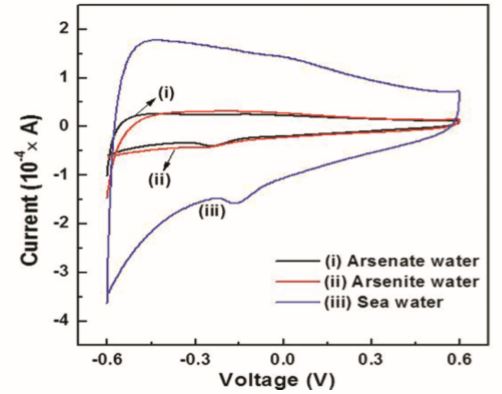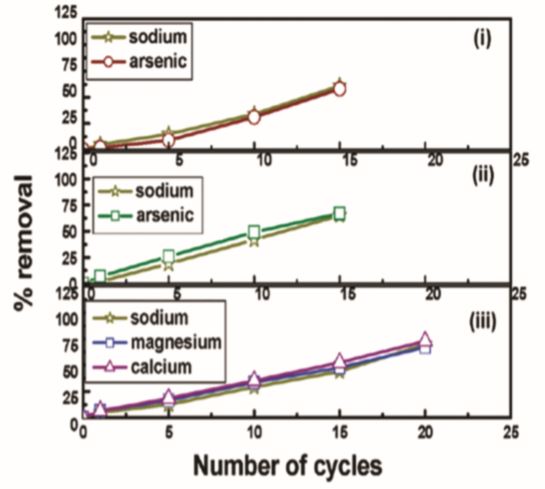
CO2 Capture

Increasing emission of green house gases due to industrialization is one of the major concerns faced in the second decade of this new millennium. So the emission of CO, which is considered as a major anthropogenic contributor to 2 climate change, needs to be controlled. Adsorption can be considered to be one of the more promising methods, offering potential energy saving compared to absorbent systems. Different carbon nanostructures (activated carbon and carbon nanotubes) have attracted attention as CO adsorbents due to their 2 unique surface morphology.
A has been developed 2 sustainable strategy to improve CO storage capacity of carbon nanomaterial by surface functionalization with magnetite nanoparticles, and polyaniline (PANI). Moreover, we developed ionic liquids, polymerized ionic liquids functionalized carbon nanostructures (multi walled carbon nanotubes, hydrogen exfoliated graphene, partially exfoliated multi walled carbon nanotubes and their hybrid structures) for CO capture at sub 2 ambient conditions.
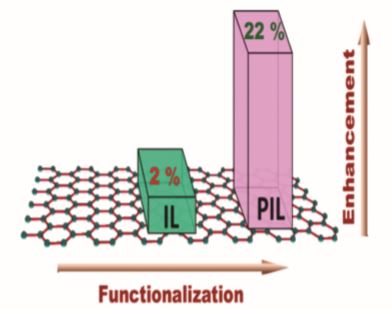

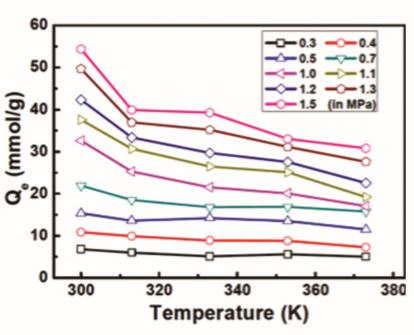
CO2 Conversion
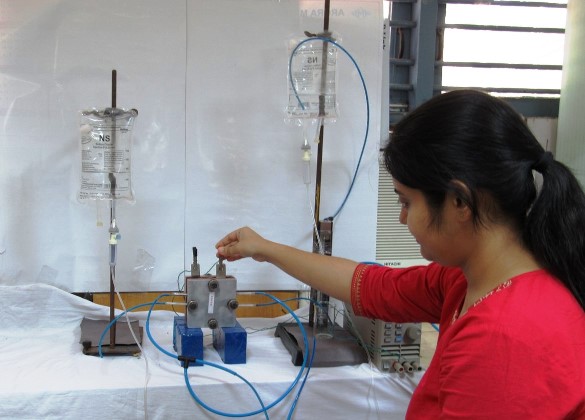
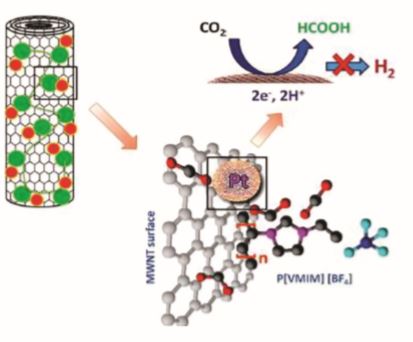

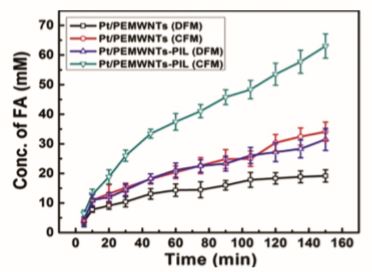
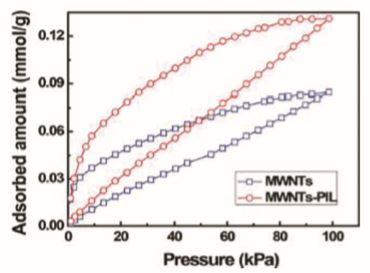
Methane Storage
The increasing concentration of greenhouse gases in the atmosphere has been a major area of concern in recent times due to its impact on global warming. Methane (CH4) plays a major contribution for global climate change in the recent century. CH4 is emitted from different natural sources such as wetlands and from different organic and industrial wastes. It has been known that the environmental effect of methane emission is 21 times worse than that of carbon dioxide. However, capturing methane is rather difficult since it is completely non-polar and its interaction with most of the materials will be very weak, unlike CO2. Adsorption is considered to be a green, energy efficient and economic technology in capturing these greenhouse gases. People all around the world have been working on high specific surface area mesoporous materials that can serve the purpose of good adsorbents. Carbon-based porous materials have been widely investigated as gas adsorbent mainly for methane storage because of their low cost, ease of synthesis, wide availability, good chemical stability and high specific surface area. Methane does not possess any quadrupole moment and its polarizability is also much less which limits its interaction with Lewis basic nitrogen functionalities and hence it can be ascribed that the sole reason for high methane sorption capacity rests mostly in the high micropore volume. We have investigated the methane storage properties of highly porous carbon (NMC) at high pressure (≤ 30 bar) and under different temperatures. In addition, we have shown that incorporation of metal oxide nanoparticles in the porous carbon has improved the affinity of methane gas molecules thereby enhancing the adsorption capacity.

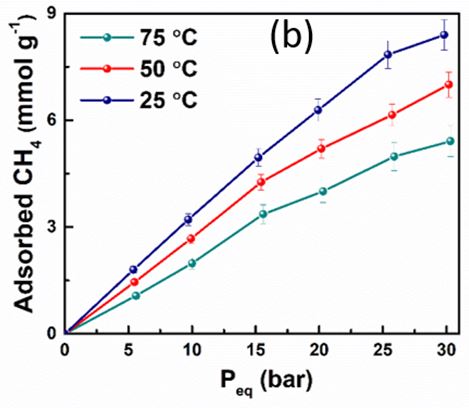
Water Purification
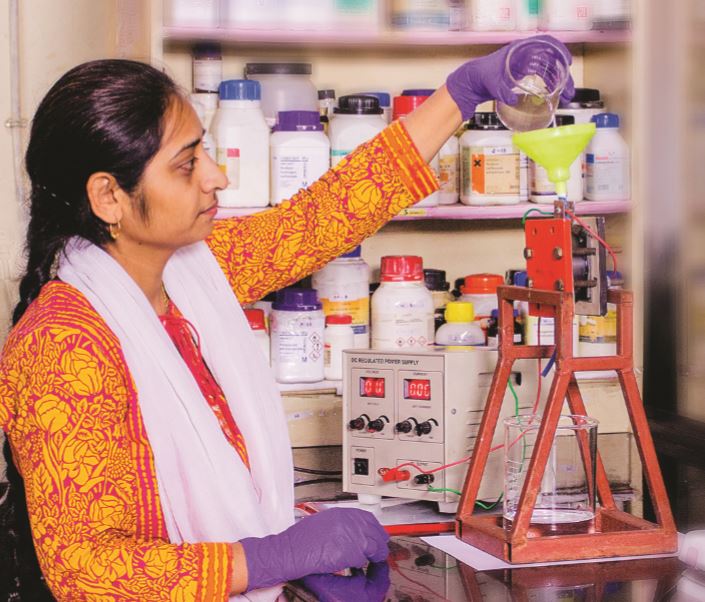
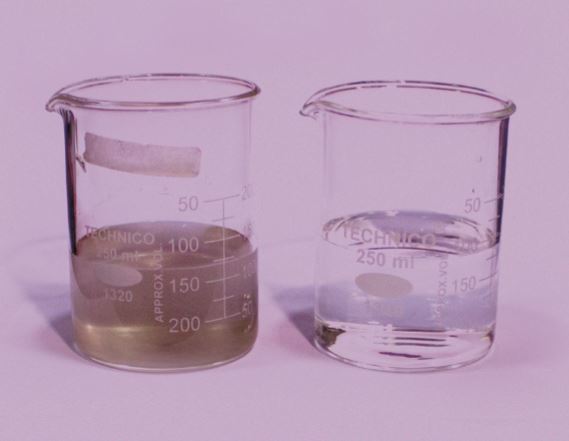
The presence of high levels of arsenic in groundwater has become a major concern especially in India and Bangladesh and hence a wide range of technologies have been developed for the removal of high concentrations of arsenic from drinking water. Recently, nanomaterials such as carbon nanotubes, graphene, polymeric materials, have attracted the attention of researchers in water purification due to their novel properties and novel membranes incorporating MWNTs. Besides, it was suggested that MWNTs based flow through capacitors could be used for the salt removal. Our focus is on the capacitive de-ionization, also known as electro-sorption or supercapacitor based ion removal, due to low energy consumption, low loss of water and high removal efficiency even at high concentration of ionic impurities. A sustainable strategy to use the supercapacitor based water purification assembly for arsenic removal and desalination of sea water using carbon based magnetite decorated MWNTs and HEG anocomposites as electrodes has been developed. Removal efficiency for Fe O -f MWNTs is about 80 % for 3 4 As and 76 % for Na. Desalination efficiency for sea water is about 70 % for Na, 67 % for Mg and 73 % for Ca with 20 repeated cycles, suggesting Fe O -f 3 4 MWNTs as a good supercapacitor based water filter to remove multi metal impurities over cycles.
